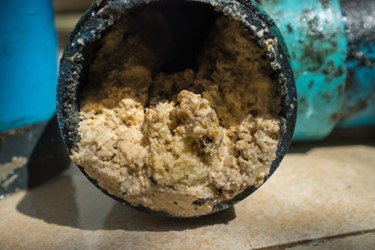Tackling FOG With Content

By Bill King

If you are executing a content marketing strategy in the water and wastewater market, consider yourself an early adopter on the brink of something big. You might not feel like one, trying to support your Company’s sales of pumps, valves, meters, instruments or engineered treatment solutions by doubling down on content. And some people around the office might be wondering what on earth you’re up too. But then again, you’re in marketing. They’ve been wondering about you for years.
The majority of the water and wastewater industry continues to spend its marketing resources across the traditional spread of activities in our space – creating sales materials, running display ads to support the launch of a new product and coordinating tradeshow exhibits to have regional sales reps network with attendees. Wouldn’t it be a lot easier to follow what everybody else is doing and stop trying to differentiate yourself?
Here’s a content marketing success story to stop all the traditionalists in their tracks. A small company in the wastewater market recently wrote an article about a new product they had launched. The product resolves FOG build-up in wet wells. In addition to creating the usual product literature discussing the features of the product, they decided to write an article addressing the FOG issue from the perspective of their potential customers.
Here’s a breakdown of how the article is structured:
- Begins by discussing how pervasive the problem is
- Discusses the problem in depth
- Focuses in on the possible causes of the problem
- Discusses applicable regulations governing how you can treat the problem
- Ends with the benefits of their new product in addressing the problem
The important thing to note here is that 80% of the article (Parts 1 –4) focuses on providing non-vendor biased information. Also, the product-specific part of the article (Part 5) is the last section of the piece. By the time the reader has reached the article’s conclusion, they’ve been reassured, informed and are leaning into the vendor as an expert on the issue and not just their product.
Since its completion and the promotion of the article on Water Online, the company has received hundreds of article views and a series of calls from interested parties requesting more information and pricing.
For a fraction of the cost of traditional media buys and events, reader-centric content promoted online is a cost-effective method to drive real engagement. So keep pumping it out while the field is still thin and your competitors aren’t yet in the race because they will be soon.
